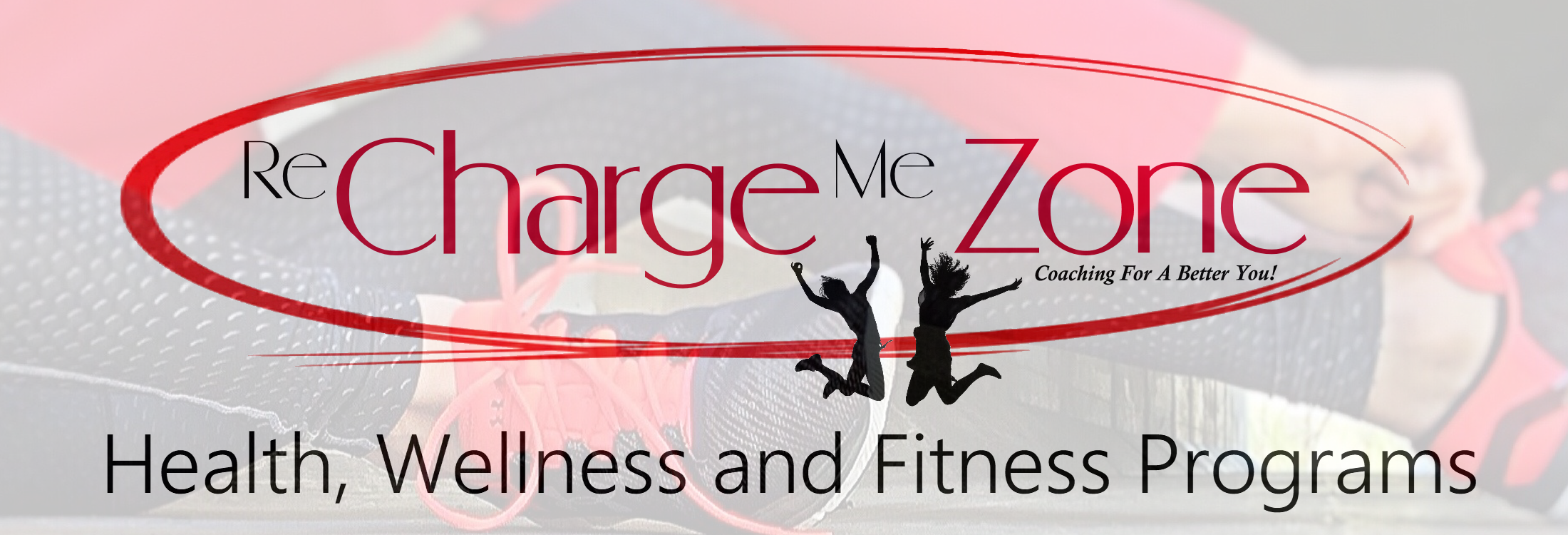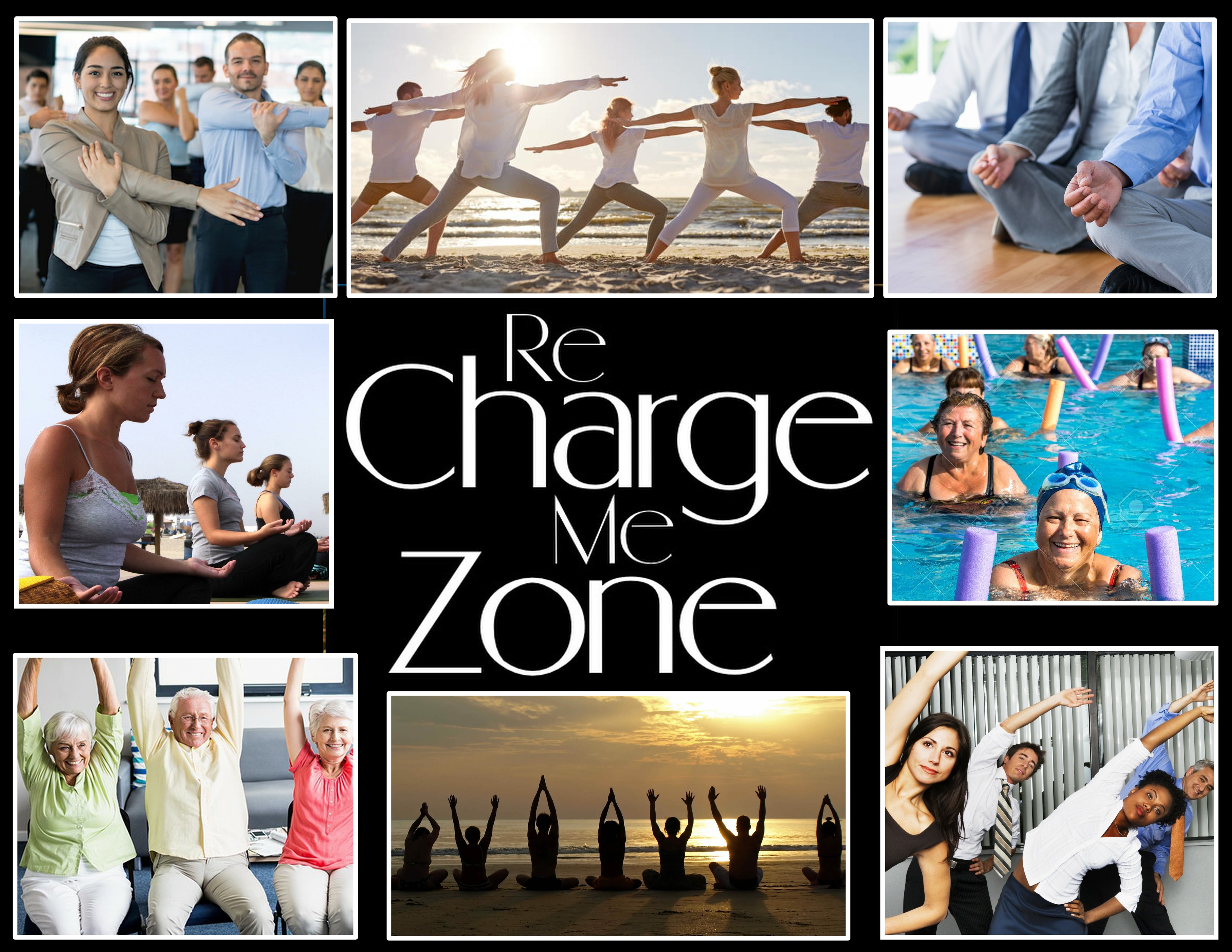Laughter Is The Best Medicine

For centuries, we’ve known that laughter is healthy for us, and science has proven it. Yet knowing this many of us have no reliable method to bring more laughter into our lives. So, I thought you may be interested in knowing a type of yoga called Laughter Yoga. This is a tool which delivers the benefits of laughter on command without relying on outside reasons and conditions of life. The practice uses movement and breathing patterns to encourage intentional laughter and relieve stress. What Is Laughter Yoga? The goal of laughter yoga is to make you laugh and bring out your inner child. It combines playful movement and breathing techniques to promote laughter. Madan Kataria, a physician in India, developed the practice in 1995. The concept is based on Kataria’s belief that voluntary laughter offers the same health benefits as spontaneous laughter. And, since laughter is universal, laughter yoga is accessible to many people. Today, people around the world practice this type of yoga in laughter clubs. These groups of people meet in person or online for laughter yoga sessions. Considering that laughter is contagious, it’s no surprise that laughing yoga has grown from one small group in Mumbai, India to over 5,000 clubs worldwide. Laughing yoga is accessible in over 110 countries and becoming popular online. Laughing coaches are also conducting laughing yoga workshops. No jokes are necessary here. Laughter can be feigned, and the human body and mind do not know it is simulated. Laughing intentionally provides the same physiological and psychological benefits as spontaneous laughter. Laughter yoga can be an excellent way to keep fit and healthy. When practiced in groups, the contagious element of laughter means it spreads to other people nearby. Interestingly, the human body cannot differentiate between real and fake laughter. Although advocates claim it relieves stress and reduces your risk of chronic disease, you may wonder whether it works. Benefits According To Research Laughter yoga uses playful movement and breathing exercises to encourage laughter. It’s designed to bring out your inner child and promote joy. But does it leave you feeling a little lighter? Here’s what the data says. According to several research projects, laughter can be a powerful remedy for depression. As laughter releases endorphins, also described as the happy hormone, this decreases cortisol levels and increases the levels of dopamine and serotonin, which improves overall mood. A daily dose of laughter yoga may decrease sadness and increase happiness. Blood pressure decreases with mirthful laughter. For those with high blood pressure, a decrease in blood pressure can be beneficial for overall physical health. Also, humor can increase tolerance to pain. Research found that subjects who were more cheerful showed an increase in pain tolerance after humor production from a funny film, whereas those who were less cheerful did not have a high pain tolerance. Other studies have shown that laughing yoga may help temporarily reduce cortisol levels and stress, improve mood and energy levels, and induce a more positive mindset. In fact, it may be as effective as aerobic exercise at reducing self-reported stress. How To Do It Laughing yoga is most often practiced in a group setting, such as a club or workshop, by a trained laughing yoga instructor who leads attendees through various exercises to promote enjoyment and laughter. Most sessions begin with simple breathing techniques, clapping, and chanting to help people relax. For example, you may begin the class by clapping rhythmically 1-2, 1-2-3 while chanting “ho-ho, ha-ha-ha.” Though it may seem silly at first, the intention of this exercise is to remove any internal judgment you may have and leave your ego at the door. The session may also include improv exercises, citing positive affirmations, gentle stretching, yoga breath work, and meditation. Collectively, these practices should help you laugh, let loose, and take yourself less seriously. Want to try it? You can find laughing yoga videos on YouTube. I would recommend you check out TEDMED Live Talk by Dr. Madan Kataria at the other song. Dr Kataria will give you the background, the science, and a group setting to try the exercises. You may feel odd and silly, but I promise if you allow yourself to let go of your ego and try you will not be sorry. “Laughter heals all wounds, and that’s one thing that everybody shares. No matter what you’re going through, it makes you forget about your problems. I think the world should keep laughing.” – Kevin Hart. Robin Anne Griffiths–Founder of ReChargeMe Zone * Behavioral Change Specialist * Yoga Instructor * Meditation Facilitator * Personal Trainer * Author * Speaker * Helping people on a journey for change to live a fuller and healthier life.











